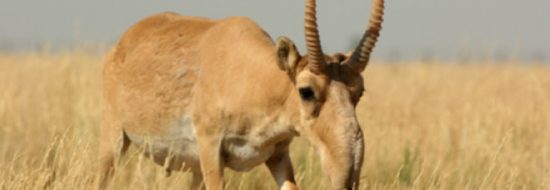The large fabric print hanging on the west wall of the dining room of the Santa Cruz Island Reserve research station caught my eye immediately. A tangle of creatures drawn in detailed black covered the white background, intertwining in almost
Read More
Evolutionary Ecology on California’s Galapagos

Sunday, October 24th. Our reservations for the trip to Prisoners Harbor on the north shore of Santa Cruz Island had been made months ago. But the weather during the past week had forced Island Packers, the commercial concessionaire that provides
Read More
Read More
Restoring Mangroves in Mozambique in an Era of Climate Change

About a year ago, in October 2016, I was in Quelimane, Mozambique, a small city on the central coast and the capital city of Zambezia Province. Quelimane is located in the delta of the Rio dos Bons Sinais, as the
Read More
Read More
Another Spring on the Ukrainian Steppe

April 2017. Six years ago, in March 2011, I was in eastern Ukraine, near the western edge of the Eurasian steppe ecoregion that sprawls across the continent from Mongolia to the Danube. These grasslands were the habitat for our hunter
Read More
Read More
More Ecological Musings in the Maya Forest

January 2016. The Department of Petén covers the northern third of Guatemala. It is a vast region of lowland forests, rivers and lakes, home to only around four percent of Guatemala’s population of 15 million. It’s a long way from
Read More
Read More
Islands of Biodiversity in the African Sky: Golden Monkeys and Irish Potatoes

September 2014. The view from my east-facing window at the Gorillas Hotel in Musanze before dawn was promising. Even though Mount Muhabura was enveloped in clouds, the rest of the sky was clear. After a quick breakfast we left for
Read More
Read More




